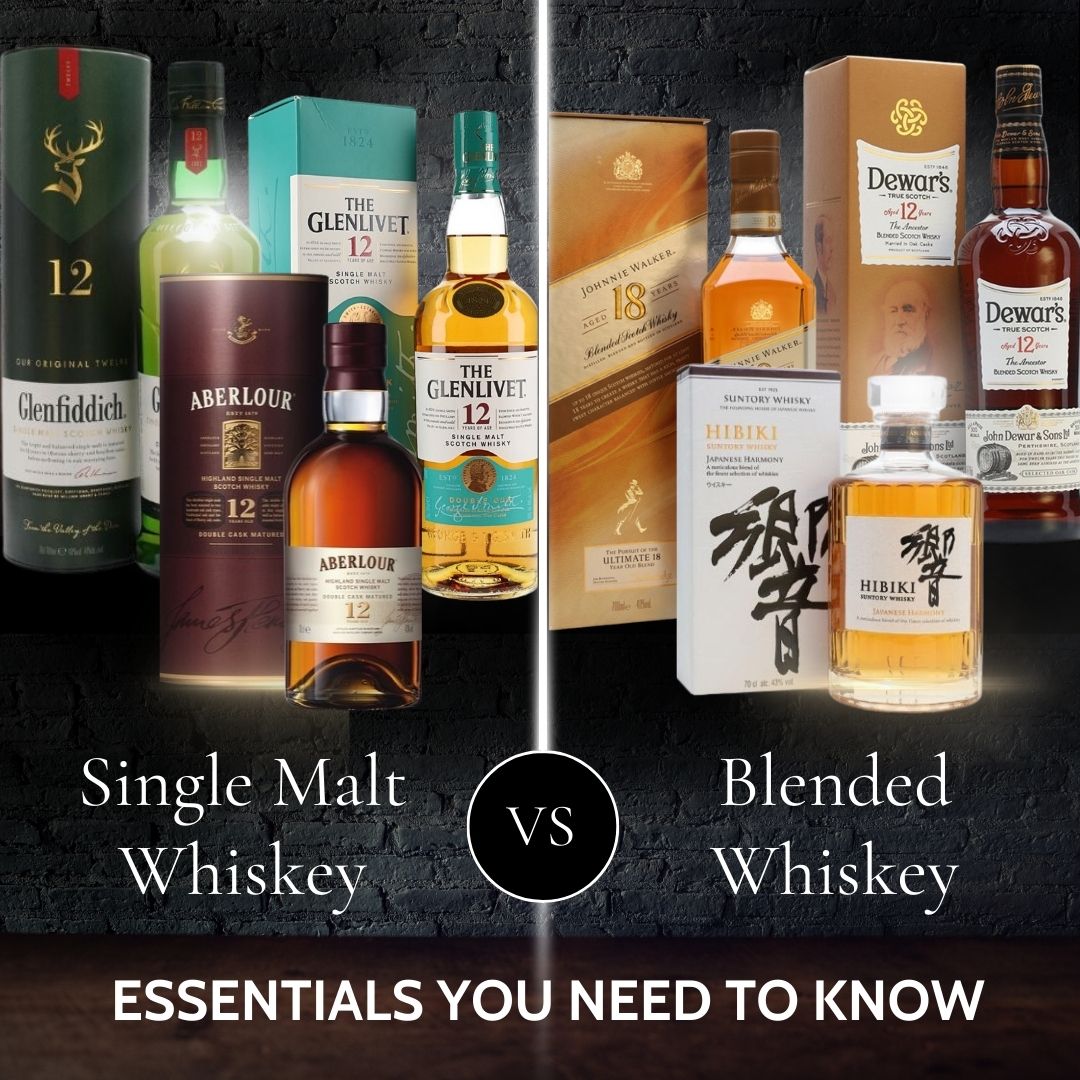Blended whiskey often gets a bad rap for being inferior to single malt whiskey. But is this fact or fiction? Before you write off blends, here are the essentials you need to know about single malt vs. blended whiskey.
What Is Single Malt Whiskey?
Single malt whiskey is made entirely from malted barley, which is distilled at a single distillery using pot stills and then aged for at least three years in oak casks. These are the requirements a whisky must meet to be considered a single malt in Scotland, but many other countries worldwide use similar criteria to classify whiskies as single malt.
That said, it is worth noting that single malt and single grain whiskey aren't the same. Unlike single malt whiskey that's made exclusively from malted barley, single grain whiskey contains barley and other cereal grains, typically wheat, rye, or corn.
For instance, while Dalmore 15 Year Single Malt Whisky is made from 100% malted barley, Teeling Single Grain Irish Whiskey contains barley and corn.
What Is Blended Whiskey?
Blended whiskey combines malt and grain whiskies sourced from different distilleries. Johnnie Walker Black Label is a popular blended whiskey that combines more than 29 single malt and grain whiskies that have been aged for at least 12 years in oak casks.
Single Malt Vs. Blended Whiskey: The Key Differences
Certain single malt and blended whiskeys might taste the same, but there are several distinct differences between the two whiskies. Here are some of the main differences.
Ingredients
Single malt whiskey is made exclusively from malted barley. As a result, single malt whiskies tend to have a more focused flavor profile, allowing whiskey connoisseurs to enjoy the nuances of malted barley.
Conversely, blended whiskey takes a more eclectic approach, combining different types of whiskey from various distilleries to create a symphony of flavors. As a result, blended whiskey tends to have a more versatile flavor palette.
Production Process
The production of single malt whiskey is a labor-intensive process. It starts with malting, where barley is cultivated, harvested, and dried. The malted barley is then mashed, fermented, and distilled in pot stills, resulting in a concentrated distillate.
Maturation in oak barrels follows, adding layers of complexity over time. The entire process happens within a single distillery, resulting in a consistent and unique expression.
On the other hand, the production of blended whiskey starts with the meticulous selection of individual whiskies from different distilleries. A professional known as a master blender oversees the blending process to ensure the whiskey attains the perfect flavor. Maturation then follows, allowing the disparate components to fuse and create a harmonious spirit.
Flavor Profile
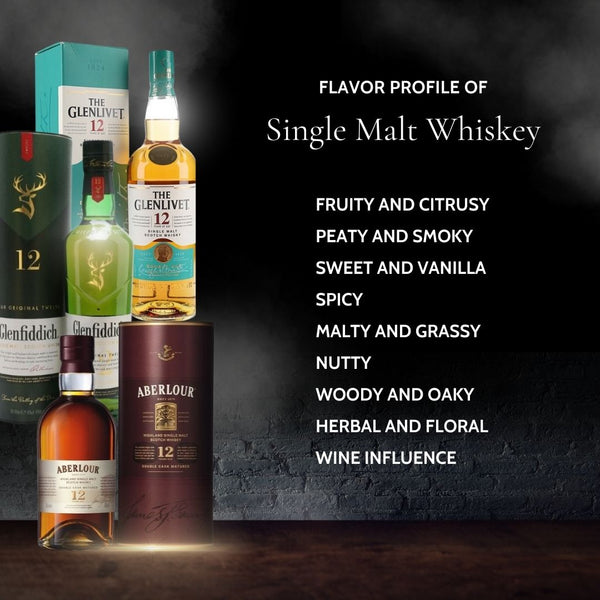
Single malt whiskies are renowned for their bold and distinctive flavor profiles, unique to the specific distillery and its region. Depending on the region and the distillery's techniques, single malts can exhibit a variety of flavors, including fruity, spicy, and smoky.
For instance, Laphroaig Single Malt Scotch Whiskey, produced in Scotland's Islay region has a smoky taste, while Yamazaki 12 Year Single Malt Japanese Whiskey has a fruity taste.
Conversely, blended whiskies usually showcase a more diverse flavor profile due to their use of various whiskies. From fruity and floral to spicy and sweet, blends offer a harmonious combination of various notes to cater to a wider range of palates.
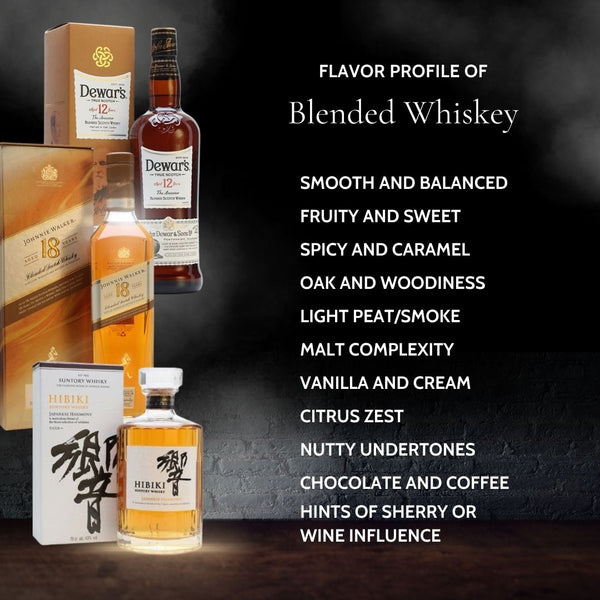
This versatility makes blended whiskies ideal for whiskey newbies, as they have a smoother and more approachable flavor profile that can cater to a variety of palates.
Aging and Maturation
Single malt Scotch whiskey must be aged for at least three years, though many other single malts are aged for up to ten years or longer. The aging process usually occurs in oak barrels, though single malts from Ireland can be aged in wooden casks that aren't made of oak.
On the other hand, the aging duration of blended whiskies varies, though most age for at least five years.
Cultural and Regional Influences
The production of single malt whiskey often reflects the influences of a particular region. For instance, in Scotland, Scotch single malts have a distinct taste depending on where they're produced. For example, Scotch single malts from Islay have a smoky taste, while those from Speyside are known for being fruity and sweet.
On the other hand, since blended whiskey combines various whiskies, it doesn't reflect the influences of a particular region. Instead, it draws on the strengths of various distilleries, allowing for a broader representation of styles and influences. This flexibility is a distinctive feature of blended whiskey, making it a canvas for creative expression by master blenders.
Best Single Malt Whiskies to Try
Want to indulge in a single malt whiskey showcasing exceptional craftsmanship? Here are four single malts you must try:
1. Glenfiddich 12 Year Old Single Malt Scotch Whisky
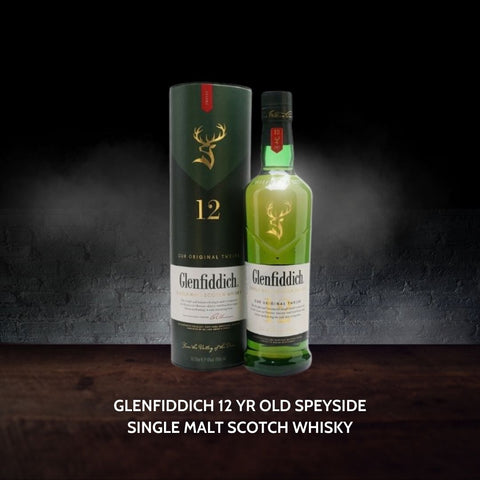
Glenfiddich is a household name in the world of whisky. This 12 year expression aged in American and European oak casks contains a harmonious blend of sweet and fruity notes, making it an excellent choice for both new and experienced whisky drinkers.
2. The Glenlivet 12 Year Old Single Malt Scotch Whisky
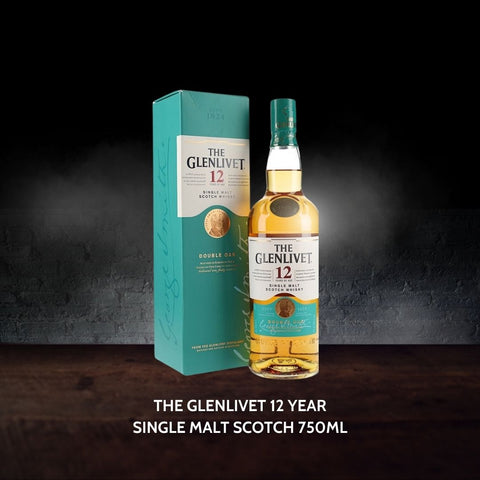
True to its Speyside heritage, The Glenlivet 12 Year Old Single Malt Scotch Whisky has a floral and fruity character. Aged in traditional oak casks and then finished in American oak casks, this exquisite whiskey has notes of fresh peaches, pear, and vanilla, culminating in a satisfying finish. If you want a high-quality single malt Scotch, this whiskey offers an affordable entry point compared to older Glenlivet expressions.
3. Aberlour 12 Year Old Single Malt Scotch Whisky
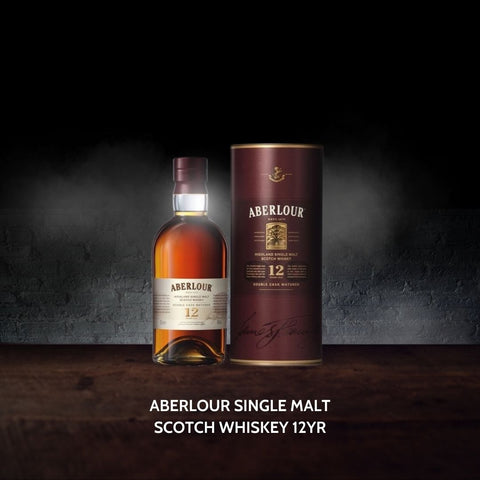
The Aberlour 12 Year Old Single Malt Scotch Whisky is a golden amber whisky that's aged in a combination of American oak and sherry casks, resulting in a unique flavor. The palate reveals a blend of dried fruit, rich chocolate, and baked spices, culminating in a satisfyingly sweet and slightly spicy finish. If you want to indulge in a high-quality single malt, this expression offers great value for money.
4. Suntory Hakushu 12 Year Single Malt Japanese Whisky

Suntory Hakushu 12 Year Single Malt Japanese Whisky is a gem among Japanese single malts. Made to commemorate Suntory Whisky's 100th anniversary, this whisky has a crisp and smoky flavor with herbal notes. If you're an avid collector of rare whiskies, this is undoubtedly a bottle you'll want to add to your collection.
Best Blended Whiskies to Try
If you prefer the artful marriage of diverse flavors, here are four exceptional blended whiskies you must try:
1. Johnnie Walker 18 Year Old
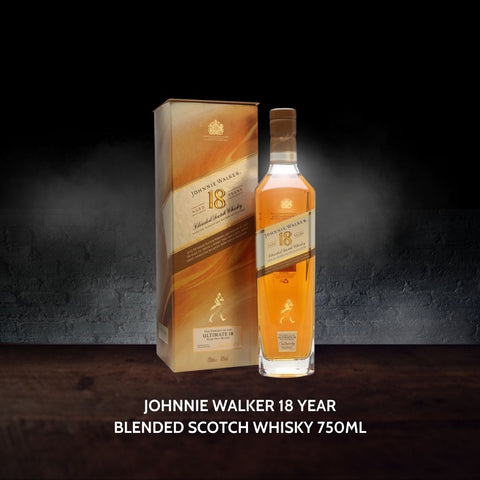
A testament to Johnnie Walker's commitment to excellence, their 18-year expression is a blended Scotch whisky that exudes sophistication. A harmonious blend of up to 18 different whiskies, it boasts sweet and floral notes, culminating in a long, sumptuous finish. Whether you want to enjoy it neat, on the rocks, or in your favorite whisky cocktail, Johnnie Walker 18 Year Old is sure to delight your taste buds.
2. Hibiki Japanese Harmony
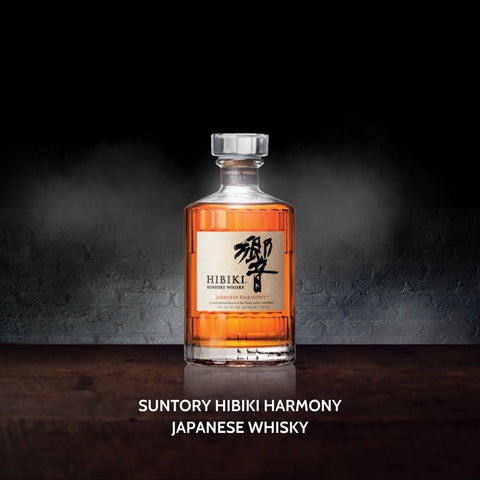
Hibiki Japanese Harmony is a masterpiece from the Suntory Distillery, showcasing the art of blending in Japanese whisky. The blend includes single malt and grain whiskies, resulting in a well-rounded and approachable profile. With notes of honey, candied orange peel, and white chocolate, Hibiki Japanese Harmony is an exquisite single malt, offering a smooth and rewarding sipping experience.
3. Dewar's 12 Year Old Blended Scotch Whisky
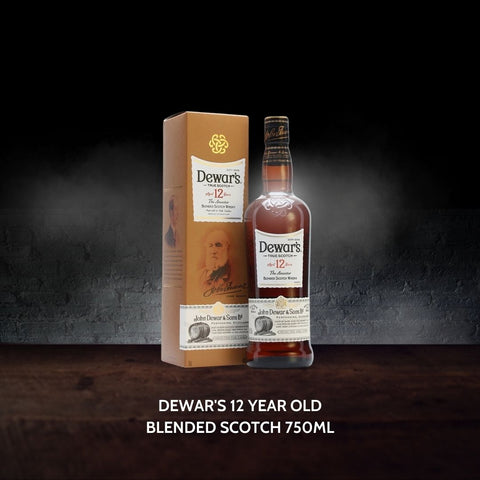
Dewar's 12 Year Old is a blended Scotch whisky that matures patiently for over a decade in hand-picked bourbon casks. With a sweet and fruity flavor, it unveils layers of hot buttered toast, barley, a hint of honey, and a subtle smokiness. If you want to indulge in a high-quality single malt that's affordable and approachable for beginners, you can't go wrong with this expression.
4. Brother's Bond American Blended Rye Whiskey

Brother's Bond American Blended Rye Whiskey offers a refreshing take on the world of blended whiskies. The four-grain blended rye whiskey combines the distiller's signature bourbon blended with a one-of-a-kind straight rye mash bill, resulting in a robust and spicy flavor. With notes of caramel, dried fruit, tropical fruit, vanilla, and cinnamon, this whiskey offers a unique take on American blended whiskey.
Conclusion
So which whisky should you buy for your home bar — single malt or blended whisky? Well, there's no right or wrong choice. Ultimately, the best option comes down to preference. So, consider trying out the various expressions listed here to discover which type of whisky appeals to your palate.
FAQs
Is Single Malt Whisky Better Than Blended Whisky?
While single malt whisky is often considered superior to blended whisky, this isn't always the case. Ultimately, the best whisky comes down to personal preference. Single malts offer a singular expression of a distillery's style, while blended whiskies showcase a diverse range of flavors.
Is Whisky the Same as Scotch?
No, they aren't the same. ''Whisky'' is a broad term encompassing various distilled grain spirits worldwide, while ''Scotch'' specifically refers to whisky made in Scotland. Scotch must adhere to specific regulations, including being produced in Scotland and matured in oak casks for at least three years.
Why Is Single Malt Whisky More Expensive Than Blended Whisky?
Single malt whisky is often pricier than blended whisky due to factors such as the use of high-quality ingredients, complex production methods, and longer maturation periods. In addition, its limited production scale contributes to its higher price. In contrast, blended whiskies typically cost less because they use various whiskies and several grains.
However, not all single malts are expensive. There are affordable options. Similarly, there are blended whiskies that cost more than single malts.
Do All Single Malts Have a Smoky Flavor?
No. While some single malts, such as those from Islay in Scotland, are known for their smoky flavor profile, others showcase a diverse range of flavors, including fruity, spicy, or floral notes.

